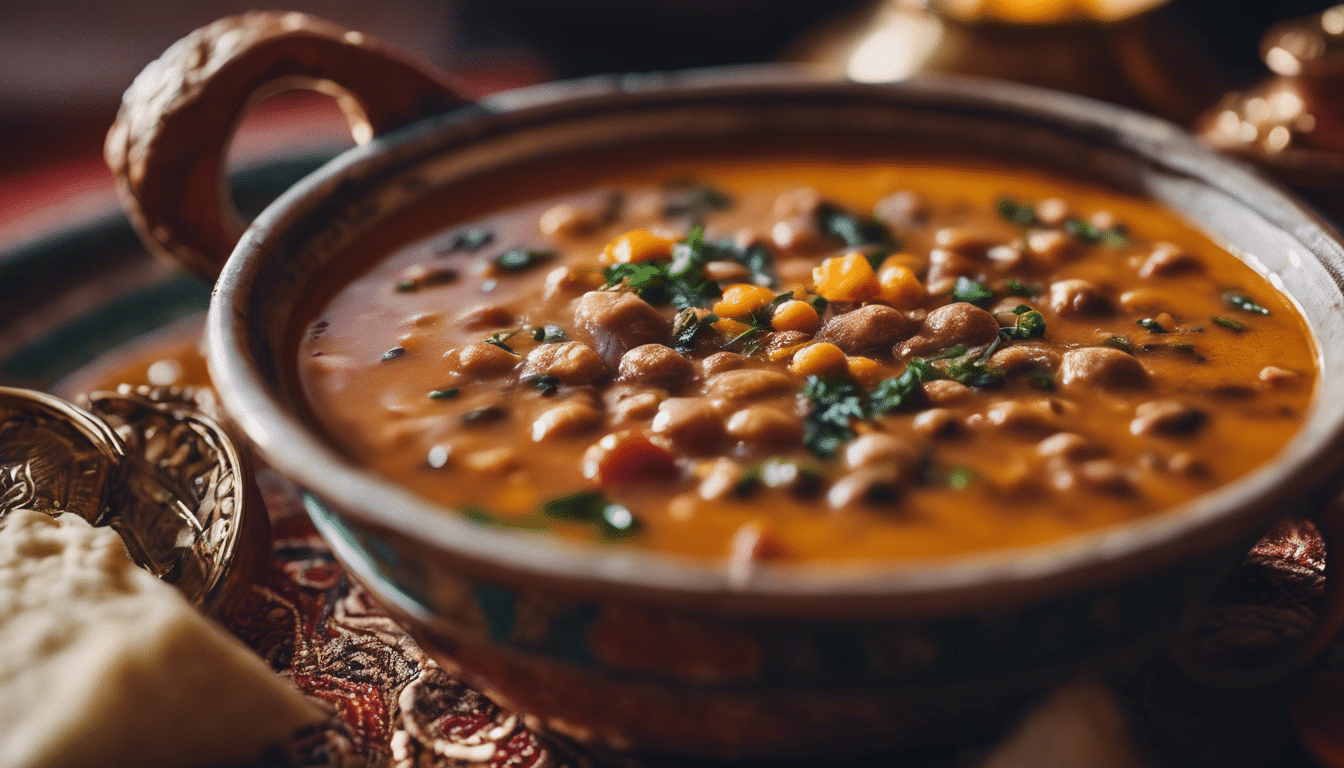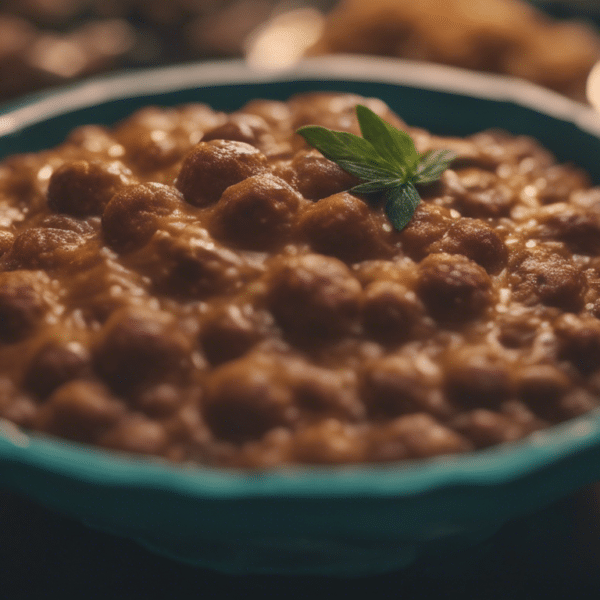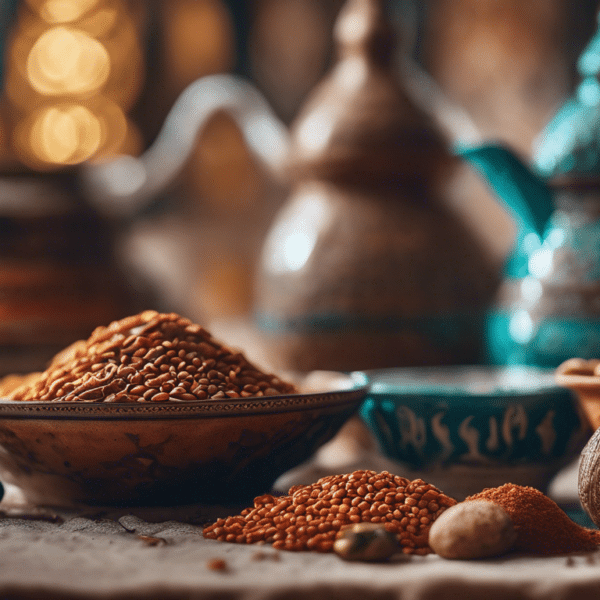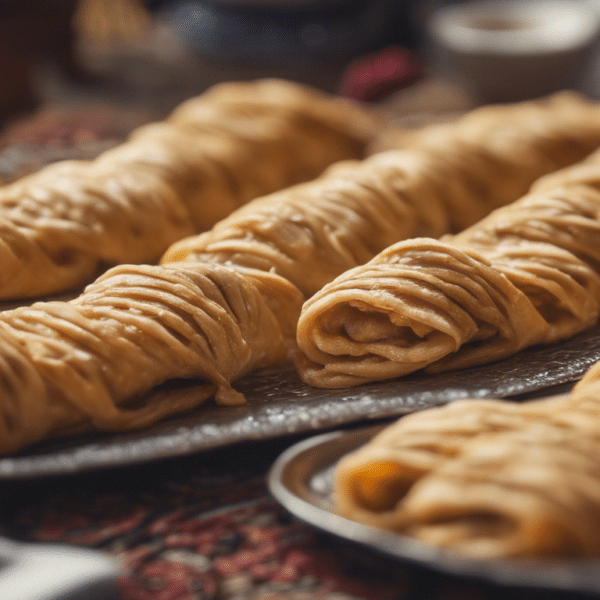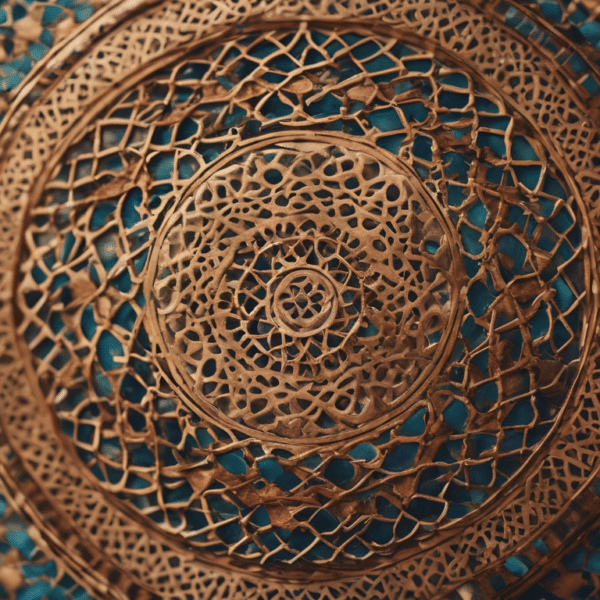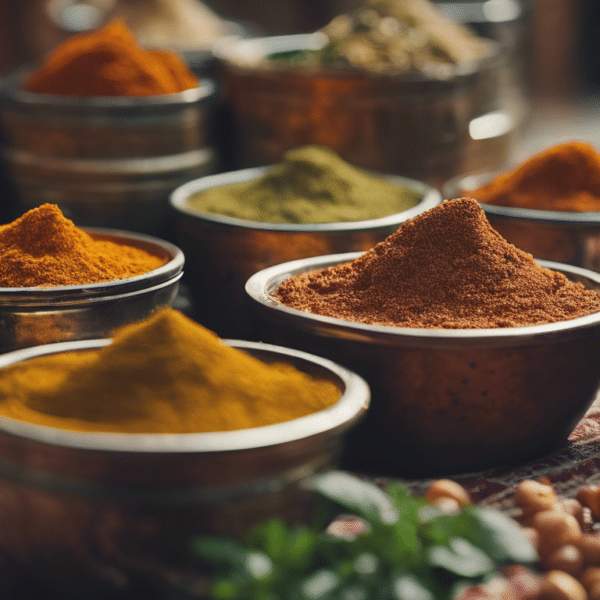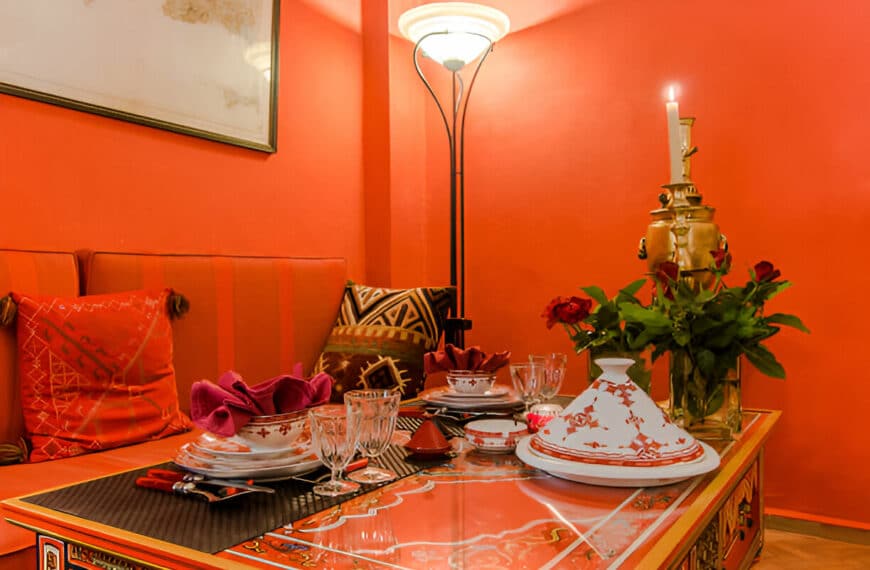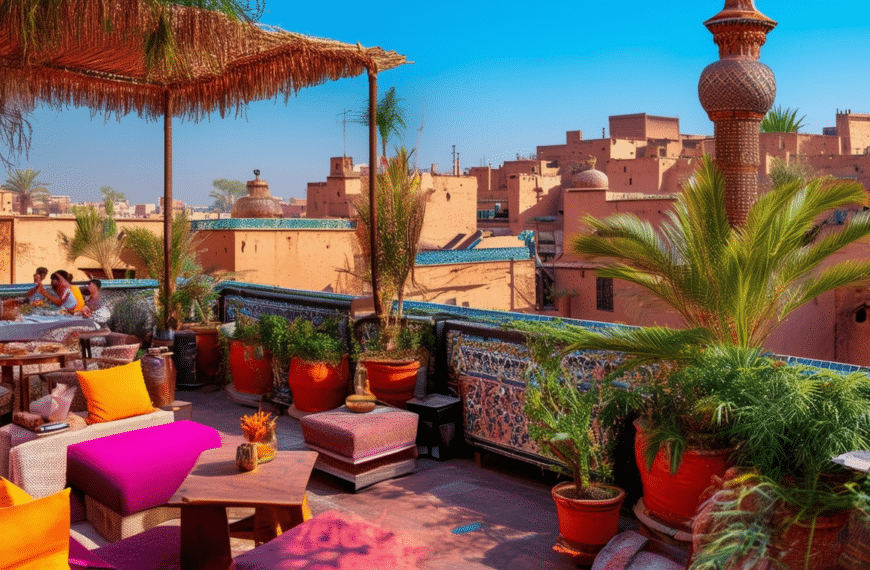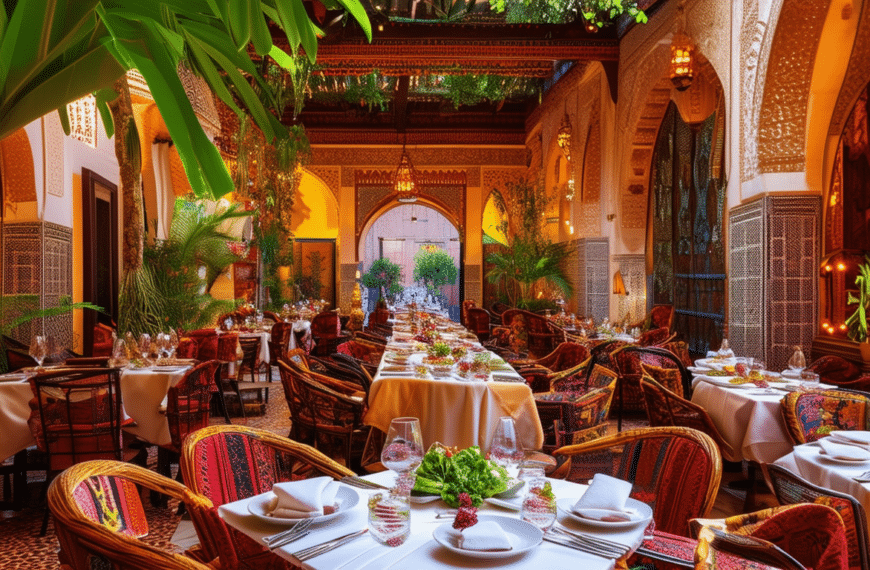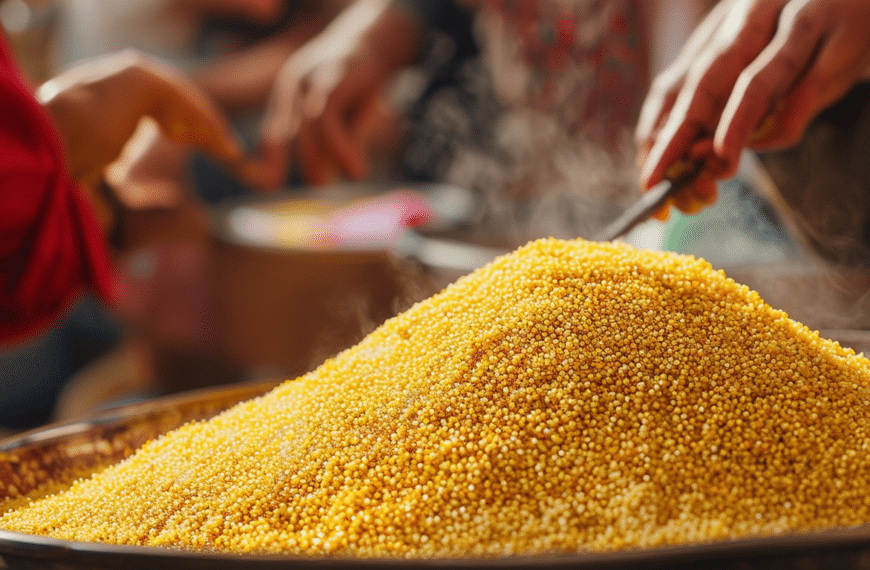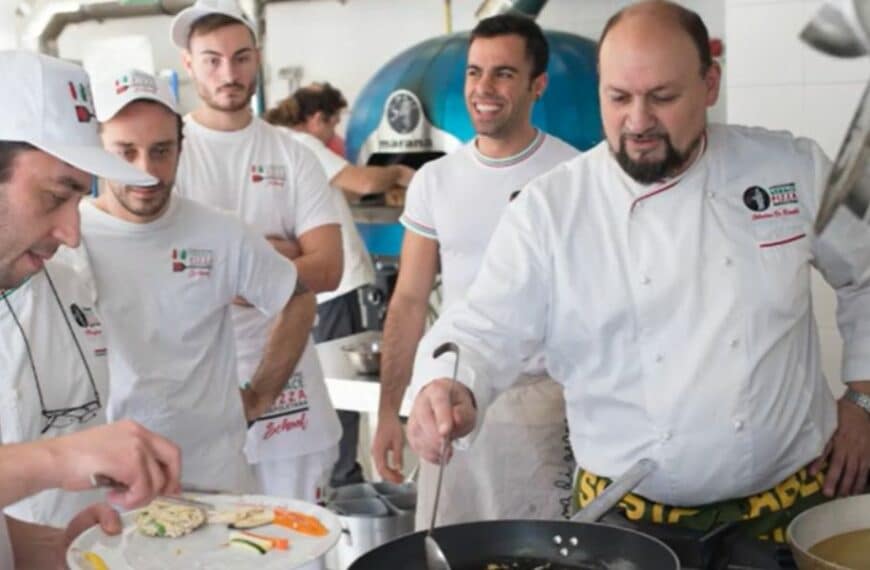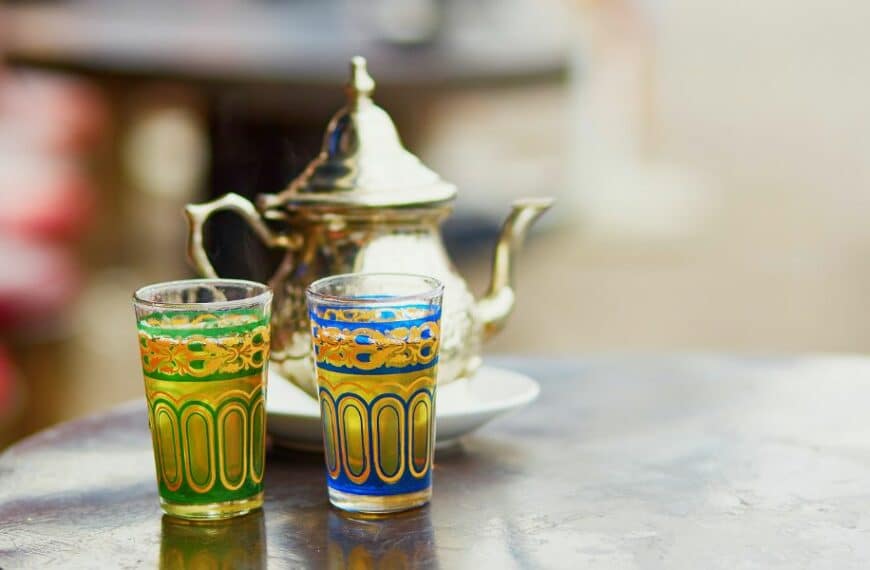The Foundations of Traditional Moroccan Harira
In the bustling alleys of Moroccan medinas, a pot simmering with the soulful blend of aromatic spices and herbs announces the presence of a culinary treasure — Harira. This quintessential Moroccan soup is not just food; it’s a cultural symphony, a blend of flavours that tells the story of a nation with each spoonful. Let us embark on a flavourful journey, exploring the art and soul behind the traditional Moroccan Harira.
Embarking on a Flavorful Tradition
Harira’s roots are nestled in the very essence of Moroccan hospitality. This hearty soup traditionally breaks the fast during Ramadan, but its appeal stretches beyond the holy month. Starting with tomatoes as the base, Harira commands attention with pulses — the lentils and chickpeas — offering wholesomeness in every bite. The fusion of these foundations with a mélange of herbs like cilantro and parsley breathes life into what may well be a national treasure of Morocco.
The Spice Alchemy
To speak of Harira is to speak of the delicate dance of spices. Turmeric, cinnamon, and ginger weave through the liquid, casting a spell of warm earthy undertones. These aren’t mere ingredients; they’re the threads of an ancient tapestry, telling tales of spice caravans traversing the Sahara. The key to Harira’s magic lies in the balance — every spoonful should whisper of its ingredients, not shout.
Protein in Harmony
Beyond spices and herbs, Harira is fortified with protein. Beef, lamb or even chicken may find their way into the pot, simmered until tender, becoming one with the soup. Vegetarian variants pay homage to the lush variety of Moroccan fields, ensuring that Harira extends its embrace to all palates.
Grains of Sustenance
In some traditions, a hint of rice or fine vermicelli pasta joins the harira ensemble, nestling in the rich broth and lending a delightful texture. This gentle addition turns the soup from a simple appetizer to a substantive meal, a true show of Moroccan generosity.
The Finishing Touch: Herbs and Lemon
As the Harira nears completion, fresh herbs sprinkle in as a bright finish, elevating the flavors to their peak. A squeeze of lemon juice just before serving ensures that each mouthful is imbued with a sprightly zing, a vibrant counterpoint to the soup’s deep, complex base. This final flourish is what sets a truly authentic Harira apart.
The Ritual of Serving
Harira isn’t merely served; it’s presented with pride. Accompanied by dates and chebakia, the serving ritual underscores not only the food’s culinary stature but also its place in Morocco’s heart. Enjoyed with family and friends, or as a warm welcome to a weary traveler, Harira transcends being a mere dish; it is an experience, a form of communion.
In crafting a traditional Moroccan Harira, passion is as critical as ingredients, for it is the cook’s ardor that infuses the dish with warmth and soul. With every simmering pot of Harira, the story of Morocco’s rich culinary landscape continues to be told, to be savored by those who understand that to eat is to be transported, to partake in a culture, and to celebrate a storied and flavor-infused history.
Regional Variations of Harira Across Morocco
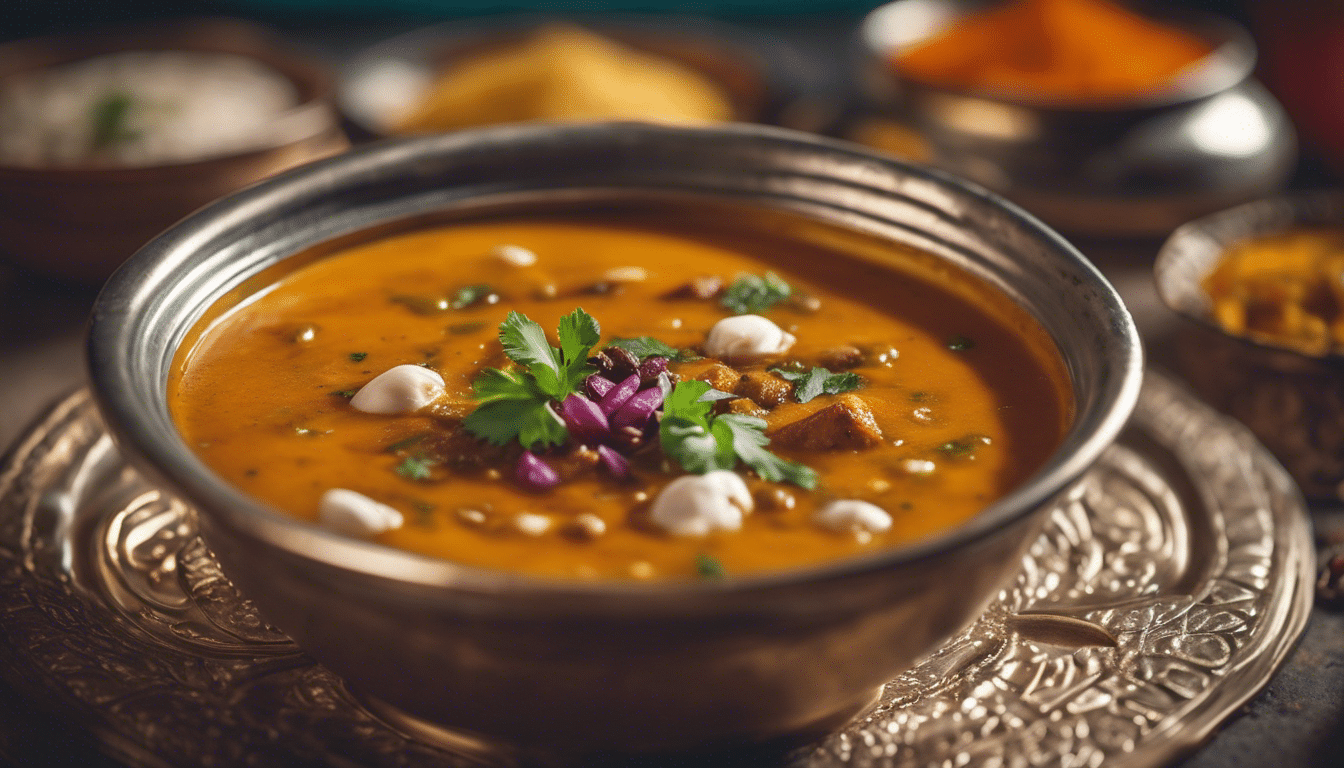
Moroccan Harira Soup: A Tapestry of Taste and Tradition
In the bustling cities and tranquil villages of Morocco, a masterful symphony of flavors stirs in the pots of the culinarily curious. A crossroads of Arab, Berber, and even Andalusian cultures, Moroccan cuisine offers up its pièce de résistance: Harira. This quintessential Moroccan soup stands as a testament to the country’s rich culinary landscape, where each region weaves its own thread into the fabric of this beloved staple. But what makes Harira intrepidly unique across the Moroccan territory? Let’s embark on a gastronomic odyssey across the land of spices and sensations, exploring the regional variations of Harira across Morocco.
Harira of The Imperial Cities: A Royal Repertoire
Perfumed streets of cities like Fez, Marrakech, Meknes, and Rabat carry whispers of ancestral recipes passed through generations. Here, Harira is more than just a soup; it’s an invocation of history and heritage. Laden with lentils, chickpeas, and lamb, simmered in a saffron-scented broth, the Harira of these former capitals boasts a regal richness. Tomatoes form the crimson canvas of this concoction, while ras el hanout, the signature Moroccan spice blend, casts an intricate spell of flavors.
The Harira of the Atlas Mountains: A Highland Heirloom
Ascending the rugged terrains of the Atlas Mountains, Harira morphs into a heartier rendition. Here, amidst the highland air, the soup thickens in consistency, often employing barley and a variety of beans to fuel mountain-dwellers through the chilly nights. The presence of locally-sourced herbs like borage gives the Atlas Harira an earthy undercurrent, embodying the spirit of the mountains in each spoonful.
Coastal Whispers: Harira by the Moroccan Seashore
As the Atlantic breeze kisses the Moroccan coastline, Harira embraces the gifts of the sea. In coastal towns like Essaouira and Agadir, the soup often sees the addition of fish or seafood, infusing a briny depth to the traditional recipe. Ingredients like seaweed can make an occasional appearance, offering up a soup that mirrors the medley of the Moroccan seascape.
Saharan Harira: A Desert Delicacy
Under the watchful gaze of the Sahara Desert’s dunes, Harira is stripped to its essence. Nomadic influences dictate a simpler version, making use of the scarce vegetation available. A blend of desert herbs and dates occasionally sweetens the pot, while dried legumes provide sustenance and texture to this stark yet satisfying take on the Moroccan soup medley.
The Lush Harira of the Rif: A Rifian Rhapsody
The Rif region, with its verdant valleys and cannabis fields, contributes its share of uniqueness to the Harira. A greener version prevails here, utilizing an abundance of fresh herbs and leafy greens, creating a verdant vision within the bowl. The Rifian Harira is sometimes noted for its slight spicy kick—a nod to the lively spirit of the Rif people.
In sum, the regional variations of Harira capture the essence of Morocco’s culinary diversity. Each geographic area stitches its identity into this time-honored dish, much like the intricate designs of a Moroccan tapestry. Diverse as the landscape, Harira is not merely a soup but a cultural narrative—one savoring of the Moroccan soul that continues to simmer on the world’s stage of exquisite tastes.
Modern Twists on Classic Harira Recipes
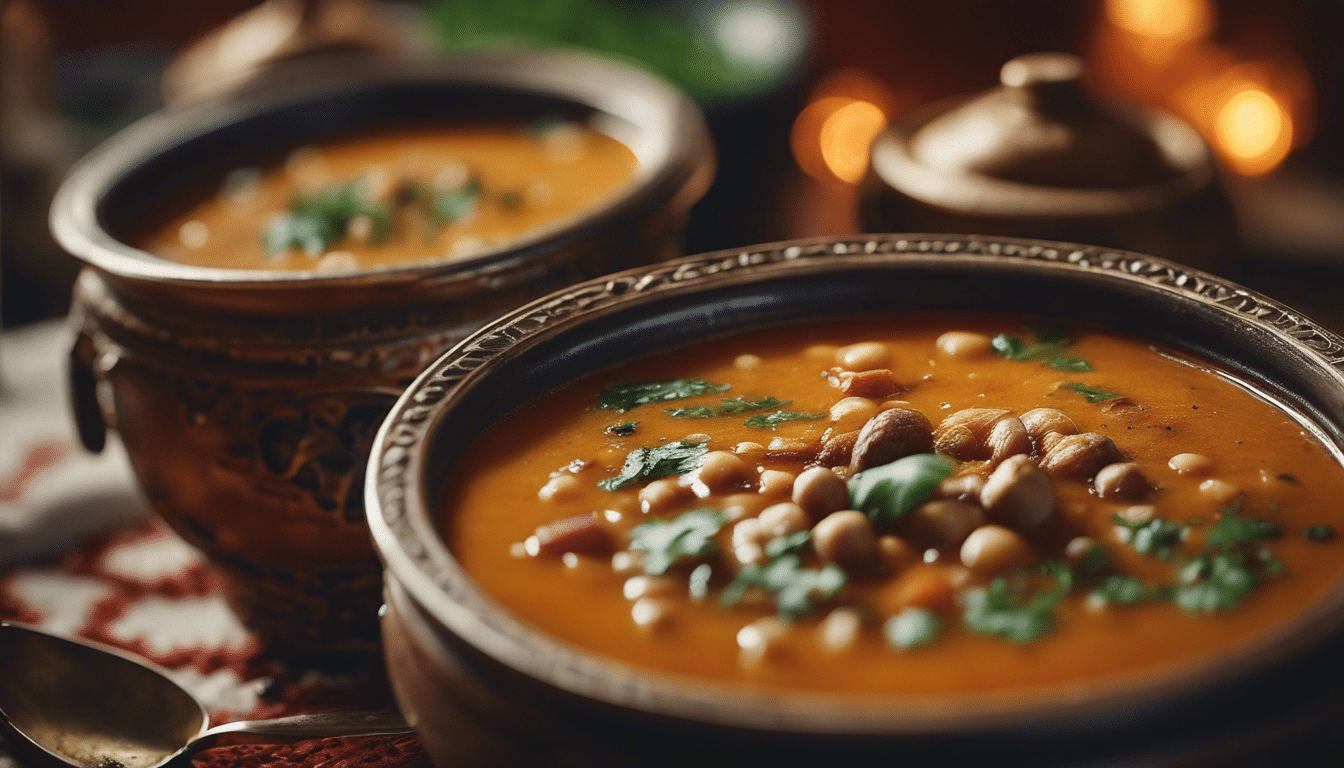
Moroccan Harira Soup: A Symphony of Flavors
Welcome to the world where tradition simmers gently in the pot, ready to embrace modernity. The classic Moroccan Harira Soup has long been a beloved staple, famed for its savory richness and its role in breaking the fast during Ramadan. But, as the culinary world spins and twirls towards innovation, this treasured dish has not been left behind. Here we explore the essence of Harira and the contemporary twists that honor its legacy while spinning it into the modern day.
The Traditional Essence of Harira
The classic Harira is a melody of humble ingredients that together, create an orchestra of taste. Lentils, chickpeas, tomatoes, and a fragrant mix of cilantro and parsley form the base, whilst the harmony of spices like turmeric, cinnamon, and ginger play on your palate. It’s a soup that’s both nourishing and heartwarming, reflective of the Moroccan hospitality.
Modern Twists to Revitalize the Classic
In a modern kitchen, Harira gets a trendy makeover. No longer is it just a soup, but a canvas for creativity. Imagine, if you will, a deconstructed Harira where each element is transformed. Lentil crisps lending a textural surprise, a cilantro oil drizzle, a scoop of spiced tomato sorbet, or chickpea foam that melts in your mouth – the contemporary chef’s imagination is the only limit.
Global Infusions Into Traditional Harira
The world is now a global village and Harira has welcomed flavors from across the seas. How about infusing the broth with lemongrass for a citric hit, or adding a few kaffir lime leaves for an Asian twist? A dollop of crème fraîche can introduce a French silkiness, while a sprinkle of sumac could bring a Middle Eastern zest to the dish. The goal is to balance the novel with the nostalgic, creating a new Harira experience that still feels like coming home.
Vegetarian and Vegan Variations
With a rising interest in plant-based diets, Harira too, has transitioned smoothly. The meat traditionally used can be effortlessly swapped for hearty mushrooms or root vegetables, offering a chunkiness to satiate the soul. Protein-rich quinoa can substitute for the lentils, and to keep it vegan, you could employ a savoury yeast extract to mimic the depth that meat provides.
Harira as a Culinary Journey
Every bowl of Harira holds a story, a tale of heritage stirred with a spoon of modernity. To the adventurous cook, it grants an opportunity to journey through Morocco’s spice-scented alleyways, while also wandering the global gastronomic landscape. It’s about the pleasure of crafting something extraordinary out of the everyday, transforming the traditional to exclusive, yet familiar delights.
In the hands of the imaginative, the classic Harira recipe sheds its conventional cloak and dons new, vibrant colors. It’s a coming-together of times and tastes, an evolution that respects the past while looking forward to the future of Moroccan cuisine. Whether you’re a seasoned chef or a curious foodie, Harira invites you to explore its depths and leave your own signature swirl in its rich and steaming broth.
Pairing Harira with the Perfect Accompaniments
The versatility of Harira makes it a perfect partner for a myriad of accompaniments. You may pair it with a crispy Moroccan flatbread, or choose a side of sweet and nutty couscous salad. For a touch of luxury, why not top your harira with some edible gold leaf or a spoonful of aromatic truffle oil? With the soup as your canvas, the pairing possibilities are endless, each bringing a finish of elegance to a humble, yet majestic dish.
As Harira continues to adapt and flourish in the culinary world, it remains, at its heart, a testament to Morocco’s rich culinary narrative. Cooking, after all, is more than recipes; it’s about stories, about connection, and most importantly, about evolution. A bowl of Harira, thus, is not just a meal; it’s a conversation between today and yesterday, a delicious whisper of the Moroccan soul that echoes artfully into tomorrow.

